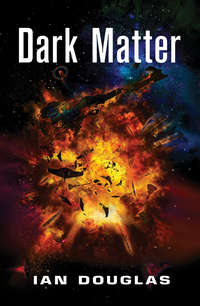Sadece Litres'te okuyun
Kitap dosya olarak indirilemez ancak uygulamamız üzerinden veya online olarak web sitemizden okunabilir.
Türler ve etiketler
Yaş sınırı:
0+Litres'teki yayın tarihi:
11 mayıs 2019Hacim:
403 s. 6 illüstrasyonISBN:
9780007483785Telif hakkı:
HarperCollins